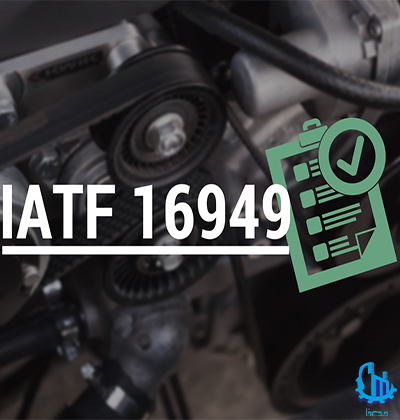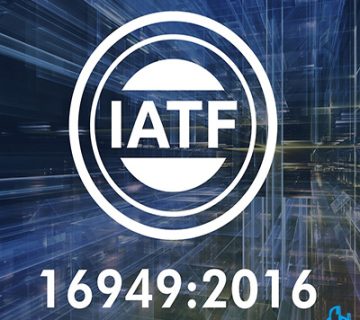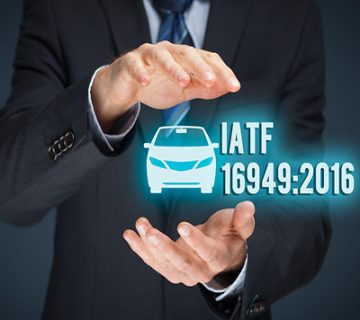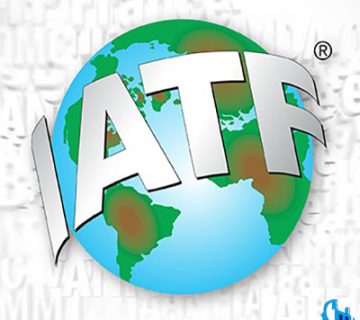
Quality management system in the automotive industry
The IATF16949 standard is a technical standard for quality management systems in the automotive industry. This standard is one of the most widely used international standards for the automobile industry.
The benefits of obtaining the IATF16949 standard
Increasing job opportunities:
Having an international standard certificate shows the credibility and commitment of your company to the quality management system. These features make manufacturers, suppliers and others in the industry work with your company. Manufacturers that subscribe to IATF require many of their suppliers to be certified to IATF 16949 as well.
Improving customer satisfaction:
The IATF 16949 standard helps you ensure the consistent quality of your products and gives you the confidence to meet and exceed customer expectations and improve your reputation.
Advanced performance and cost reduction:
IATF 16949 helps you continuously improve your processes, resulting in increased efficiency and lower costs. This standard focuses on improving productivity in the supply chain.
Improved risk management:
The specification’s focus on risk management helps businesses improve their understanding of risks and minimize those risks. This is partly done by increasing product and service traceability and consistency.
More consistent quality:
As a quality management standard, IATF 16949 helps you to have a perfect management system. This system enables consistency, competence and control throughout the supply chain and provides outstanding and consistent products.
How can you comply with IATF 16949?
Achieving compliance with the quality management system in the automotive industry requires substantial effort. Your company should study the requirements of the standards and change its processes to comply with them. However, getting certified is worth the time and effort.
It is important to remember that IATF 16949 is a supplement to ISO 9001. To be certified to IATF 16949, you must also meet the requirements of ISO 9001. You don’t necessarily need to get a second ISO 9001 certification, but you do. He must fulfill all his obligations. If you already have a current ISO 9001 certification, you only need to look at IATF 16949 parts that are specific to the automotive industry. Otherwise, you should consider the requirements of both standards.
To achieve compliance, you must set a plan of action. Here are some examples of practical steps to achieve that goal.
Study requirements:
The first step is to study the requirements of both ISO 9001: 2015 and IATF 16949: It is 2016. You may be selective about training resources and internal audits that help you become familiar with the standards.
Conduct a gap analysis:
Next, perform a gap analysis, which involves comparing your organization’s current processes and standards to those described in IATF 16949. If not, you need to address it.
Preparation for implementation:
Then, use the results of the gap analysis to guide a plan to implement the new standards. Be sure to identify specific, measurable goals that fit your organization’s needs.
Personnel training:
Next, identify the personnel involved in the implementation process. These people should receive comprehensive training about the standards and their implementation plan. Make sure they have a thorough understanding of their role with the program framework.
Implementation of the plan:
Now you should be ready to put your plan into action. Fix any problems that arise during execution and adjust your strategy if necessary. Be sure to properly document all changes.
Conduct internal audit:
Next, you may want to conduct an internal audit before scheduling your formal audit. An internal audit can help you identify areas you may have missed and ensure you are prepared for your certification audit.
External certification audit planning:
Finally, you can contact an IATF certification body to conduct formal certification audits.
Implementation
Click on the button below to get information about the steps of implementing the IATF16949 standard.
Contact our consultants to receive free advice on the IATF16949 standard.
02188764867-02188761795






No views